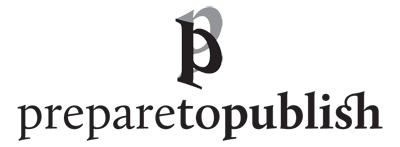The advantage of self-publishing over traditional publishing is that you have complete creative control – you should be able to make more money per copy sold (typically around 25% of the cover price, but this can be less or a great deal more depending on the genre and the market) – but you are responsible for making sure the book meets professional standards. This may mean paying editors, formatters and designers to produce the book from your initial draft, as well as hiring a cover designer, and perhaps even a book publicist or marketer. Or you may decide you have the skills to do all of this for yourself.
Either way, as an indie author you’ll need to take one or both of these routes to self-publish your book:
- Arrange a printer to print copies for you and then sell copies directly to your audience and/or persuade booksellers or other retailers to stock and sell your book on your behalf. Typically retailers will want around 40% of the cover price for this (i.e. you sell them the books at a 40% discount) but it can go as high as 60% or even before in certain circumstances.
- Use a self-publishing platform – this will provide ‘print on demand’, so no stock needs to be held: each copy is only printed when a reader/customer has placed an order for it.
There are numerous self-publishing platforms, although the two most widely used ones are:
Amazon KDP (Kindle Direct Publishing): you upload your final files to the KDP platform and they then appear on sale at Amazon’s various international web stores. Amazon take a 40% retail cut for this, and what you receive is the 60% minus the unit cost for printing the book.
IngramSpark: Ingram does not offer its own direct-to-reader shop but instead supplies other retailers, so your book will probably appear at most online bookstores such as Barnes & Noble in the US and Waterstones, WHSmith and Blackwells in the UK (although it is not guaranteed at any one outlet). With Ingram, you have more choice over the retail discount, and it can be as low as 30% in the US and 35% in the UK, for example; in theory setting it higher makes it more attractive to retailers. Again the print cost is deducted from your part of the revenue.
If you publish through Ingram, your book will also be available at Amazon, although the speed of delivery to customers is usually quicker there if you go direct to Amazon. Ingram’s online platform is a little more complicated than Amazon’s; and Amazon KDP in fact offers an ‘expanded distribution’ option (for a fixed retail discount of 60%). Many independently published authors choose to use both Amazon KDP and IngramSpark to cover all options.
Note that the above is qualified by ‘usually’, ‘typically’ and ‘probably’ – there are subtleties and variations which mean different options suit different authors and books. (If you use our services we will provide tailor-made advice.)
